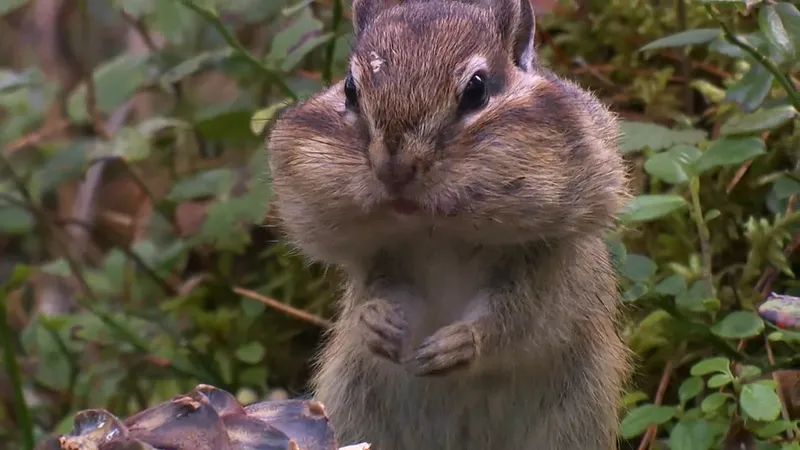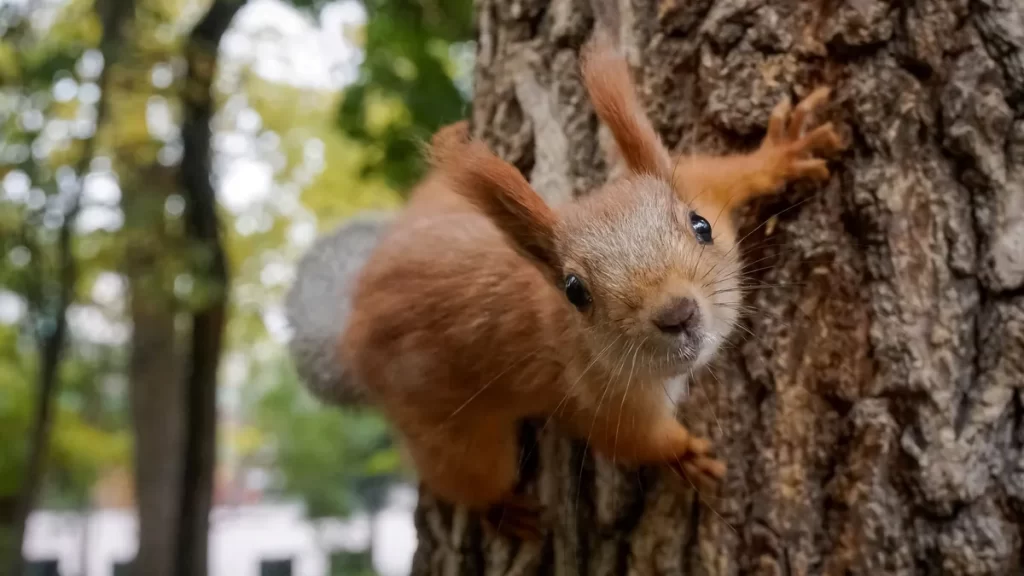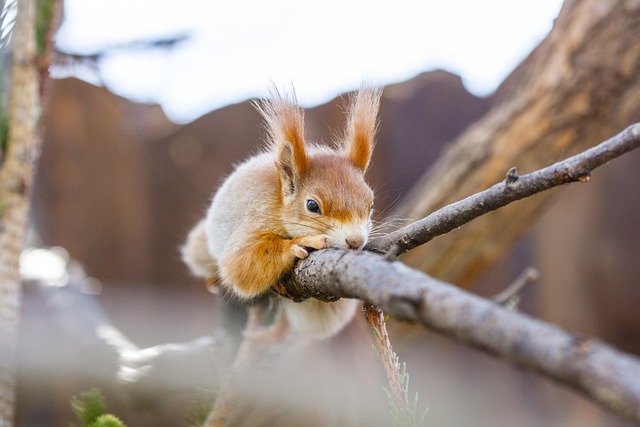Squirrels are small mammals that belong to the family Sciuridae, and they are found in almost every part of the world, including North America, Europe, Asia, and Africa. Squirrels are known for their agility, acrobatic skills, and their ability to climb trees and jump from branch to branch with ease. But did you know that squirrels also have a sophisticated communication system that they use to communicate with each other? In this article, we will look at the communication methods of squirrels and how they use them in the wild.
Squirrels are social animals and live in groups called colonies. Within these colonies, squirrels communicate with each other using a variety of methods, including vocalizations, body language, and scent marking. Each method of communication serves a specific purpose and helps squirrels coordinate their behavior and protect themselves from predators.

Vocalizations
Squirrels have a wide range of vocalizations that they use to communicate with each other. These vocalizations include chirps, whistles, squeaks, and barks. Each sound has a specific meaning and can convey different messages depending on the context.
Chirping is one of the most common vocalizations used by squirrels. It is a high-pitched sound that is made by squirrels when they are excited or alarmed. Chirping is often used to alert other members of the colony about the presence of predators or other potential dangers.
Whistling is another vocalization that squirrels use to communicate with each other. Whistling is a low-pitched sound that is used to signal danger or to warn other squirrels about potential threats. Squirrels will often whistle when they sense the presence of predators or when they see other squirrels in distress.
Squeaking is a high-pitched sound that is made by squirrels when they are in pain or distress. It is often used as a distress call to alert other members of the colony about potential dangers. Squirrels will also squeak when they are frightened or when they are being attacked by predators.
Barking is a loud, sharp sound that is used by squirrels to signal danger or to warn other squirrels about potential threats. Barking is often used when squirrels feel threatened or when they sense the presence of predators. It is also used to warn other squirrels about potential threats from other animals, such as dogs or cats.

Body Language
Squirrels also use body language to communicate with each other. Body language can convey a wide range of messages and can be used to express emotions such as fear, aggression, and submission. Some common body language used by squirrels include tail flicking, ear positioning, and posturing.
Tail flicking is a common form of body language used by squirrels. When squirrels are agitated or alarmed, they will flick their tails rapidly. This is often used as a warning signal to other squirrels in the area that there is danger nearby.
Ear positioning is another form of body language used by squirrels. When squirrels are relaxed, their ears will be in a neutral position. However, when they are alert or frightened, their ears will be pointed forward. This is often used as a way to signal danger to other squirrels.
Posturing is another form of body language used by squirrels. When squirrels feel threatened or aggressive, they may stand on their hind legs and puff out their chests. This is often used as a way to intimidate other squirrels or to show dominance.

Scent Marking
Scent marking is another important method of communication used by squirrels. Squirrels have scent glands located on various parts of their bodies, including their feet, cheeks, and anus. They use these scent glands to mark their territory and to communicate with other squirrels.
Squirrels will often mark their territory by rubbing their bodies against trees, rocks, or other objects. This leaves behind a scent that other squirrels can detect. Additionally, squirrels will also mark their territory by urinating or defecating in specific areas. This leaves behind a strong scent that other squirrels can detect from a distance.
Squirrels will also use scent marking as a way to communicate with other squirrels. For example, male squirrels will mark female squirrels with their scent as a way to attract them for mating. Additionally, squirrels will also mark potential food sources with their scent to signal to other squirrels that the food is available.
In conclusion, squirrels have a sophisticated communication system that they use to communicate with each other. They use vocalizations, body language, and scent marking to convey messages and coordinate their behavior. By understanding the communication methods of squirrels, we can gain a better insight into their social behavior and survival strategies in the wild.